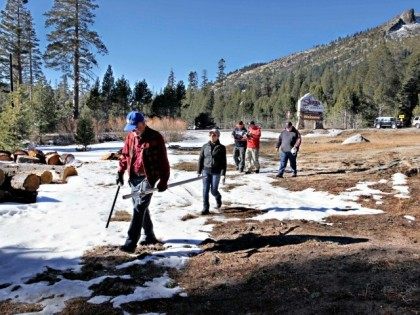‘March Miracle’: Six-Foot Snow Dump Ends California Drought
The “March Miracle” storm system that has lashed California for the last four days, dumping 6 feet of snow in the Sierra Mountains, just ended what appeared to be a new drought.
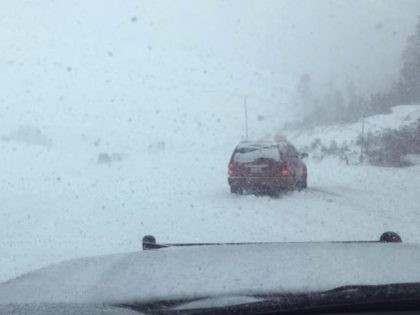
The “March Miracle” storm system that has lashed California for the last four days, dumping 6 feet of snow in the Sierra Mountains, just ended what appeared to be a new drought.

Warnings have been posted for the risk of mudslides in areas that burned in last year’s wildfires, as bone-dry California looks forward to its best week of rain and snow this winter.

Half of California is officially back in drought, while the Midwest and Plains may suffer from extreme flooding, as the extreme La Niña weather condition intensifies.
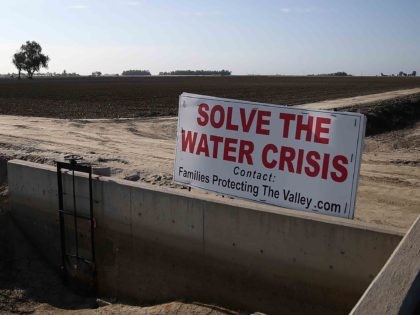
California Republican state legislators showed up to the California Water Commission (CWC) this week to demand that $2.7 billion of Proposition 1 Water Bonds be spent to build new reservoirs.

The California Water Commission appears to have killed all 12 of the above-ground storage reservoirs proposed under the voter-approved, $7.5 billion Proposition 1 water bond of 2014 by estimating they will all cost more than their benefits.

The California Department of Water Resources hopes to learn from how Cape Town, South Africa, copes with running out of water in the next 90 days.

The California Department of Water Resources acknowledged this week that many cracks have appeared in the new concrete of the Oroville Dam spillway, which cost over $500 million to repair.
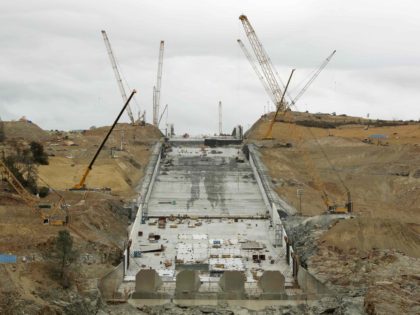
California’s Department of Water Resources’ forensic analysis has reported that blueprints for the Oroville Dam and its spillway reveal that design defects were known when the dam opened in 1969.
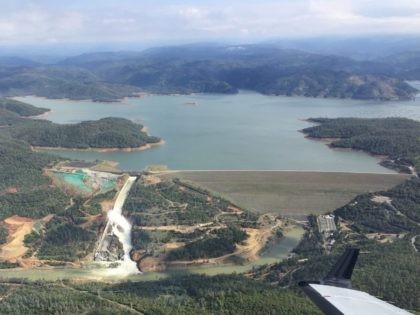
California hopes to leverage the attention on Hurricane Harvey flooding to convince the federal government to fund some of the $20 billion needed to repair the dilapidated Central Valley flood control infrastructure.
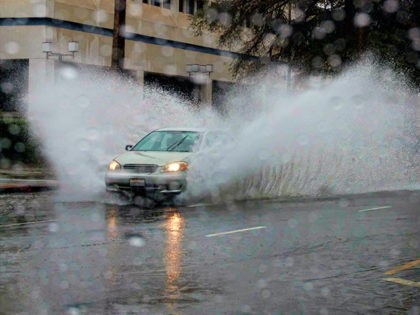
The new American Society of Civil Engineers 2017 Infrastructure Report Card (ASCE) has identified 15,498 high-hazard dams, whose failure could risk loss of life.

The Federal Energy Regulatory Commission (FECR) forensic audit of the Oroville Dam Spillway crisis project found that failures were due to inadequate California Department of Water Resources (DWR) maintenance, repair of cracks, thin concrete slabs, poor drainage, and use of weathered rock.

With water rising at 15,000 feet per second behind Oroville Dam and two weeks of heavy rain, winds and snow about to be unleashed, a respected geologist is warning that the crumbling of Oroville Dam’s spillway is due to the use of structurally flawed rock.
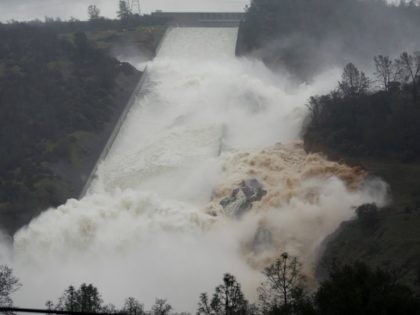
Just as Breitbart News predicted a little over a week ago, temperatures rising to the high 70s are causing an early spring snowmelt that is quickly filling Oroville Lake, causing the local sheriff to issue evacuation warnings for 11 areas downstream of the troubled Oroville Dam.
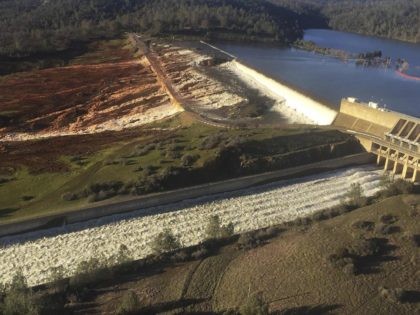
The level of water in the Oroville Dam has fallen by 52 feet, but that feat was largely accomplished by over-filing 9 upstream reservoirs.
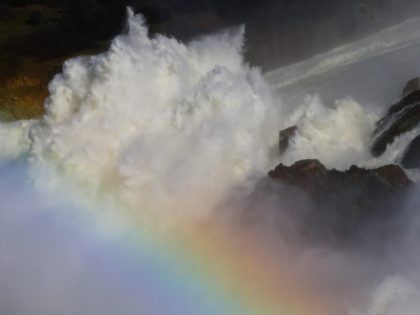
The Oroville Dam crisis is highlighting concerns that there are substantial risks to the integrity of California’s 1,500 regulated dams due to age and infrastructure underfunding.

The San Jose Mercury News reports that both state and federal authorities are to blame, for ignoring a warning raised in 2005 that the emergency spillway could fail in heavy rain.

The California Department of Water Resources issued a sudden evacuation order shortly before 5 p.m. Sunday for residents near the Oroville Dam in northern California, warning that the dam’s emergency spillway would fail in the next 60 minutes.
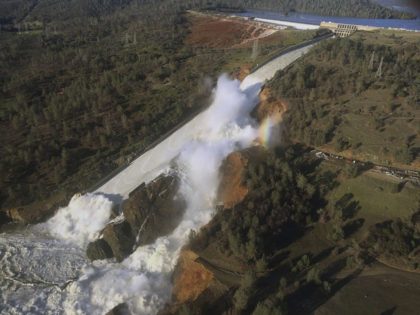
Sierra Nevada snowpack levels and practically non-existent rainfall totals are converging to push California into a fourth straight year of drought.
